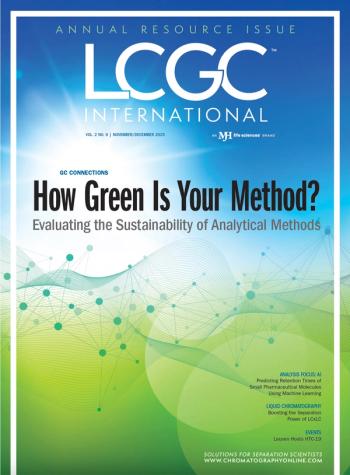
TLC Used in Plant Study
Researchers from the Tokyo Institute of Technology (Tokyo, Japan) used thin-layer chromatography (TLC) and high performance liquid chromatography in a study of structures on plant surfaces that provide resistance against herbivores.
Researchers from the Tokyo Institute of Technology (Tokyo, Japan) used thin-layer chromatography (TLC) and high performance liquid chromatography in a study of structures on plant surfaces that provide resistance against herbivores. They examined the morphology, distribution, chemical composition, and changes during shoot and leaf development of such structures on Paulownia tomentosa, a deciduous tree native to central and western China. They used the analytical techniques to examine the chemical composition of the anti-herbivorial structures, which included bowl-shaped organs aggregated on the leaves near flower buds that secrete sugar and attract ants, glandular hairs that secrete mucilage-containing glycerides and trap small insects, and dendritic trichomes on leaves that also contain the same flavonoids as the glandular hairs.
Newsletter
Join the global community of analytical scientists who trust LCGC for insights on the latest techniques, trends, and expert solutions in chromatography.



